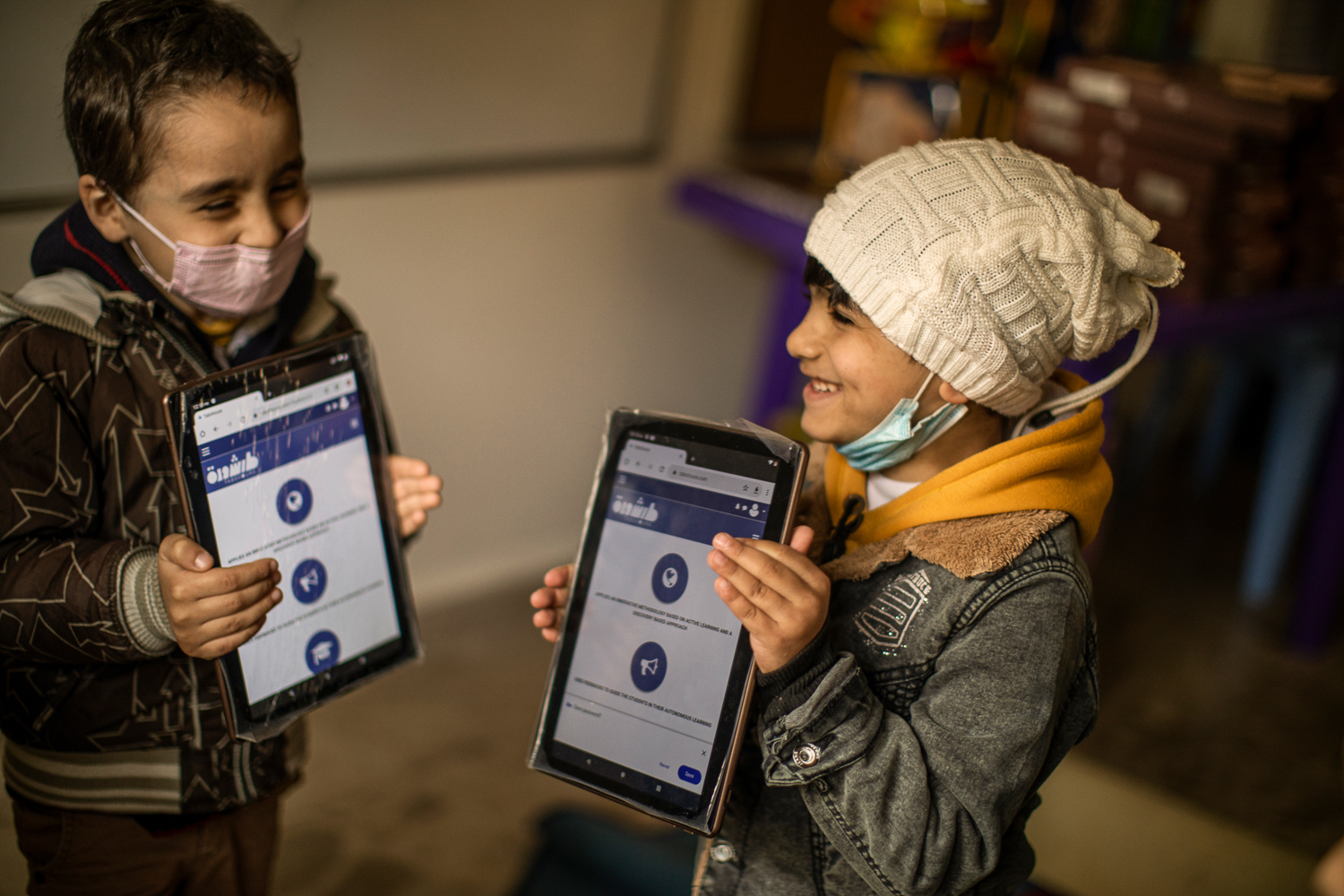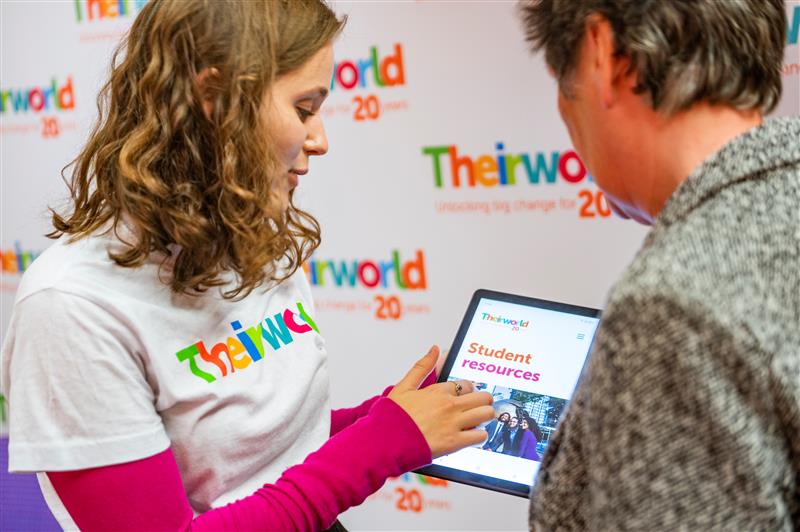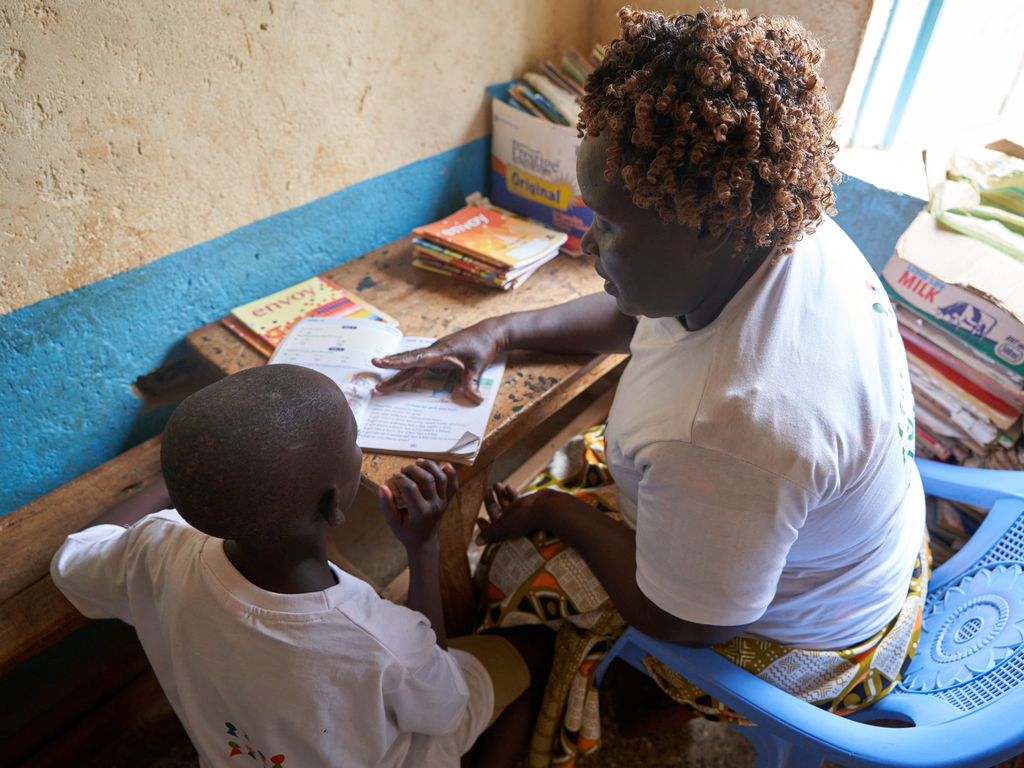
Chinese teacher who’s helping 30,000 children learn computer coding skills
Teachers and learning, Technology and education
Authorities are investing heavily to get schools and students capable of succeeding in the digital economy.
For 22 years, Xu Xinyan has taught computer skills and computer science to young Chinese students.
Now she is on the front lines of China’s national push to educate the next generation in coding skills essential to excel in the new economy.
With a Microsoft China Education partner, she is going to bring the KODU innovative curriculum to more than 150 schools and 200 IT instructors reaching 30,000 students, through forums, training sessions and video recordings.
China sees artificial intelligence and robotics as future engines of the Chinese economy and crucial areas of industrial growth. Authorities are investing heavily to build China’s domestic capabilities in computer science.
- African countries need to help young people get skills for jobs of tomorrow
- Youth skills initiative launched for next generation
It’s a visionary plan that aims to make China the world leader in artificial intelligence by 2030, building a homegrown industry worth nearly $150 billion.
The plan calls for China to “improve the AI education system, strengthen the construction of a talent pool and echelons, (and) especially accelerate the introduction of the world’s top talent and young talent, forming China’s AI top talent base.”

Committed educators like Xu are crucial to this vision. She got her exposure to computers while young. As the daughter of an instructor in ship modelling at Beijing’s Museum of Science and Technology, Xu was selected to join a pilot programme to test children’s interest and aptitude.
She says: “I started to play. Though I wasn’t very proficient, I became very interested.”
Xu graduated from college with a degree in Chinese language and literature – but returned to university when she discovered that what local schools needed were computer science teachers.
For 20 years, she refined her teaching as students progressed from lacking home computers to having tablets and smartphones in the classroom.
Creating a course that suited all backgrounds wasn’t easy – out of a class of 40 students, she recalls, less than five could complete the more technically demanding tasks she asked of them in QBasic, a text-based programming language.
“It is too difficult and uninteresting for children. If a statement had an error in one place, the whole statement was wrong and it would produce error messages and frustration,” she says.
In 2016, she had a breakthrough. She began using Kodu – a 3D, visual programming language designed to introduce children to coding concepts in an intuitive manner. Without needing to type text, users can experiment with computational ideas such as loops, subroutines and branching.
Suddenly, students previously uninterested in computer science started to produce their own programmes with ease.
“There were some girls, they weren’t interested in coding but they used Kodu to do 3D animation,” said Xu. “They made a little animated video to tell the story of a mermaid.”
“I see programming as a means for children to express themselves, like writing, singing, dancing, and painting – it’s a window to their inner feelings.”
“For younger grades, the rich colors and 3D graphics are appealing and the coding language is closely connected to natural language. This is very important for determining whether children can accept it easily and continue to love it.
“Almost every school in our school district has downloaded KODU, so I am planning to organise a competition this semester in our school district, during this year’s ‘Hour of Code’ week.
I see programming as a means for children to express themselves, like writing, singing, dancing, and painting. Xu Xinyan
“We also have a 10-class STEM (Science, Technology, Engineering and Mathematics) training. I am planning to apply a half-day in the training session to train more than 110 Information Technology teachers how to use KODU in combination with computational thinking.”
In addition, at a November forum that will be attended by education researchers and teachers from all school districts in Beijing, Xu will give a KODU Scene Experience Lesson.
Fitting her dual background in the humanities and sciences, she advocates a cross-disciplinary approach to computer science education that brings in content from varied fields – geography, art, mathematics, history.
Youth can gain coding, computer science and computational thinking education through KODU and Xu believes that such skills can fundamentally broaden and transform students’ thought patterns.
In fact, she argues that computational thinking should not just be offered in computer science class but that teachers of other subjects should also master it and incorporate it in their subject teaching.
“For example, music teachers can explore how to ‘programme’ music with students, then the art teacher can turn the music to drawings with students. That’s what we are trying to do next.”
More news

Take the test and discover how our Schools Hub helps students grasp the global education crisis
